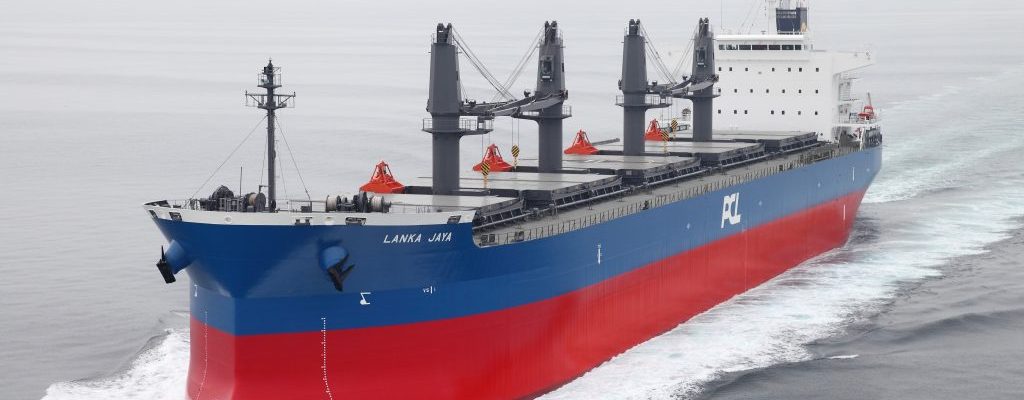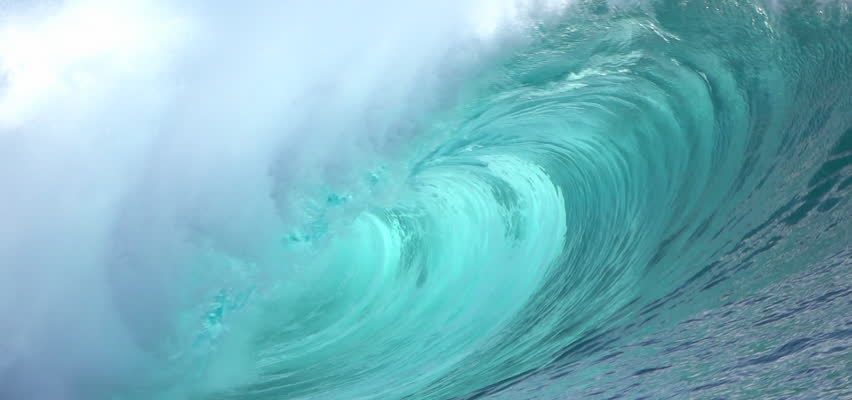Vessel Incidental Discharge Act (VIDA) Update
News from The Coast Guard Blog for Maritime Professionals: “Vessel Incidental Discharge Act (VIDA) Update: AIS Access and Reporting and Enforcement Data Working Group POSTED BY LT AMY MIDGETT ON JANUARY 31, 2020, Written by John Morris, Environmental Standards Division The Office of Operating and Environmental Standards (CG-OES) invited representatives from 55 U.S. states and territories […]






